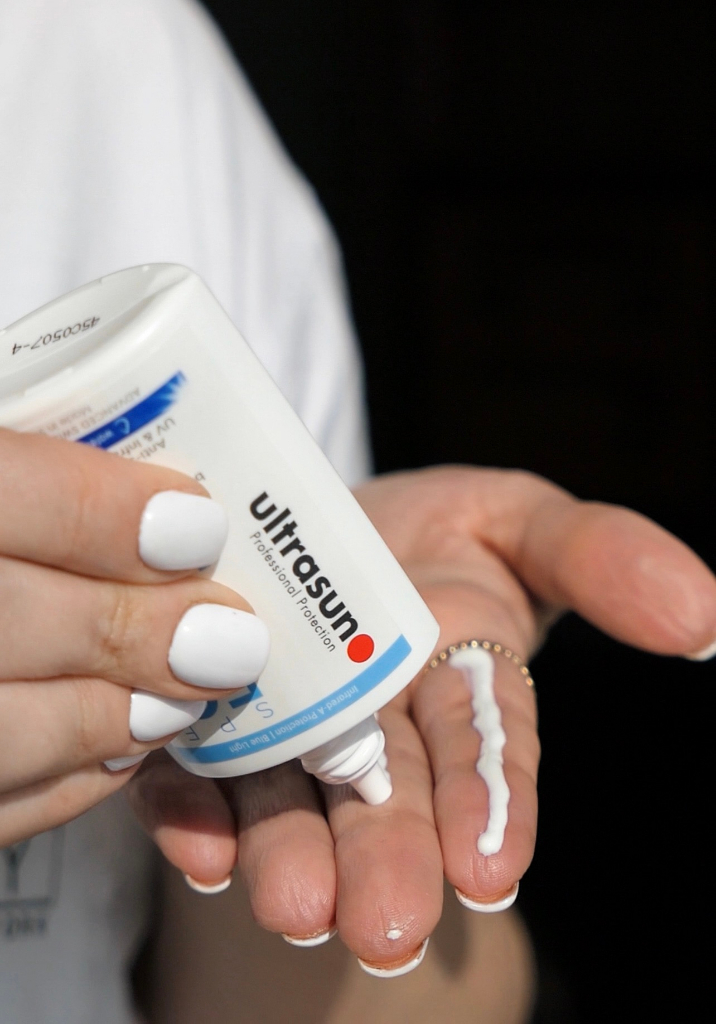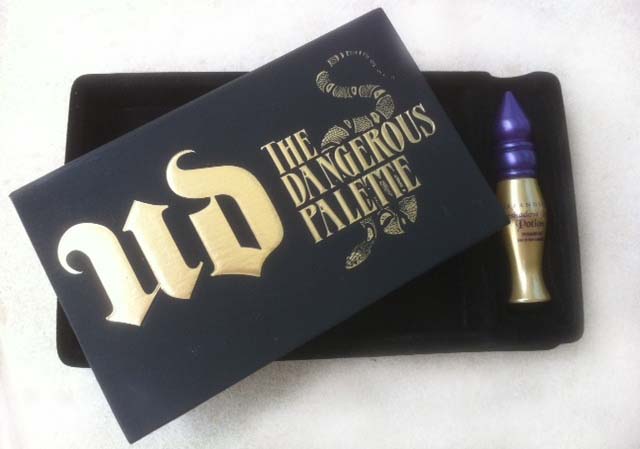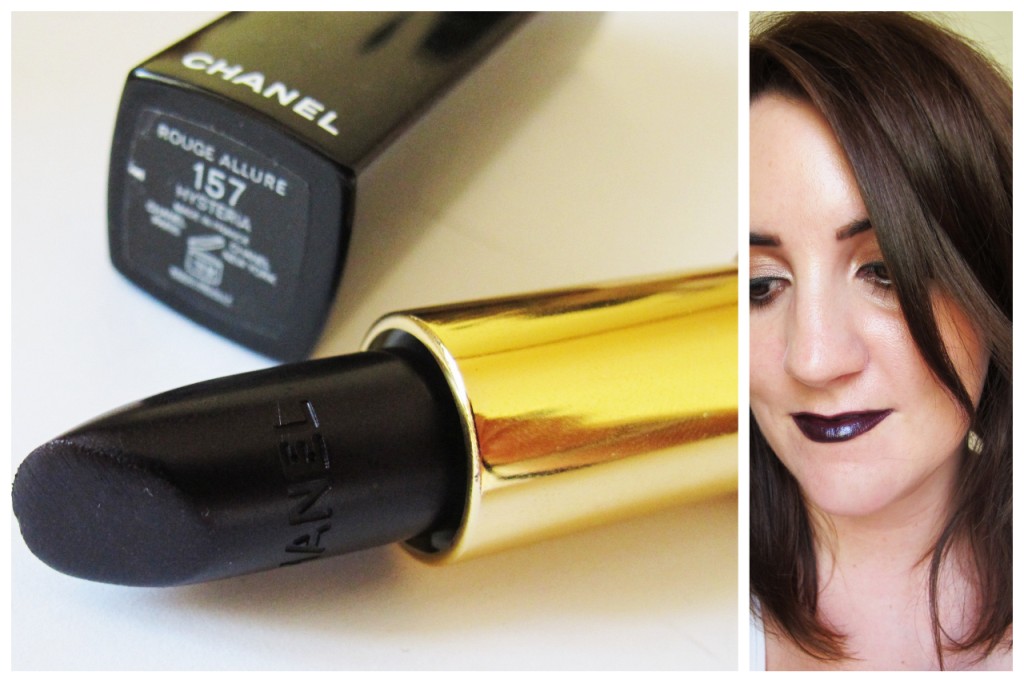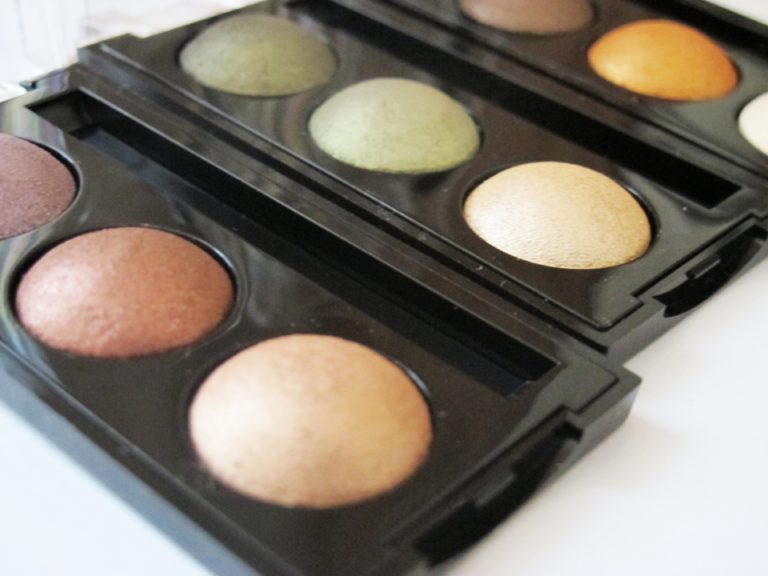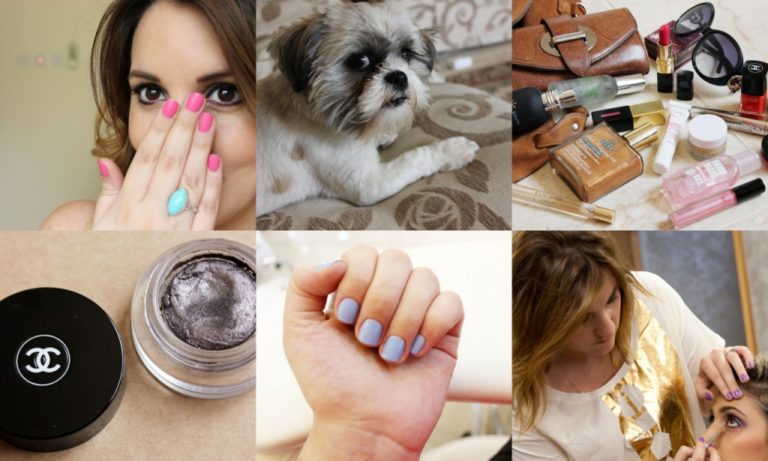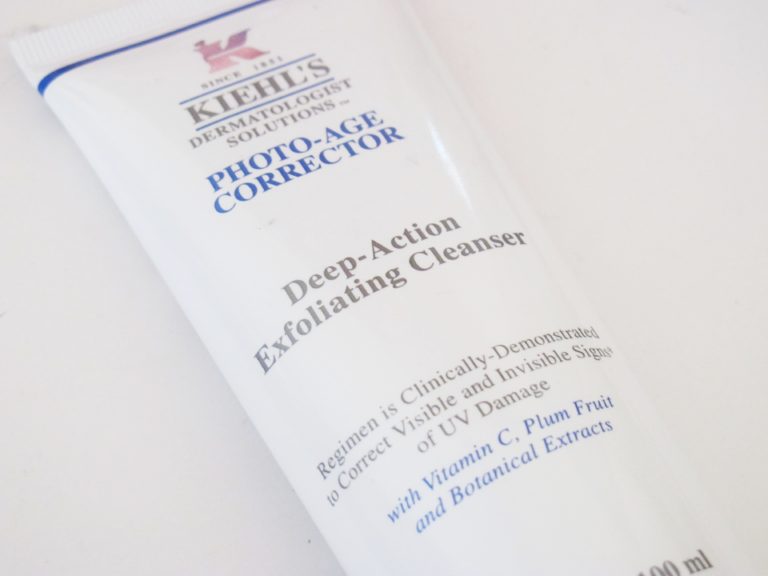Let’s talk about SPF (one of my favourite subjects!) and why it’s the most important step in your skincare routine.
What is SPF?
SPF stands for Sun Protection Factor, and is a measure of protection from UV rays.
The sun emits two types of ultraviolet rays; UVA and UVB. When we think about SPF a lot of the time, we think about sunburn on the surface of our skin. This is caused by UVB rays. UVA rays on the other hand, penetrate the skin deeper, and can cause damage on a deeper level; think uneven skin tone, hyper-pigmentation, and sagging skin. UVA rays can also lead to skin cancer.
We’re all familiar with the different levels of SPF available in products in the market; SPF15, 20, 30, and so on. But what do those numbers mean and how much protection do they actually give you?
The number on the tube tells you how long you can stay in the sun while wearing that sunscreen without burning, compared to staying the same amount of time in the sun and not wearing that sunscreen. So, for example, if you apply SPF30, it would take you 30 times longer to burn than if you used no sunscreen.
In terms of blocking the suns rays, a correctly applied SPF of 15 blocks 93% of UV rays. An SPF of 30 blocks 97%, an SPF of 50 blocks 98% and an SPF of 100 blocks 99%.
It’s important to remember, however, that no sunscreen can ever block sunburn and associated skin damage completely. Wearing sunscreen is only one part of effective sun protection; stay in the shade, wear a hat, apply sunscreen.
Why wear SPF every day?
It’s the best anti-aging ingredient on the market.
Wearing SPF every day gives you daily protection from the sun; reducing your chances of sunburn, of developing fine lines and wrinkles and pigmentation. It also gives your skin the opportunity to repair itself from damage that has previously occurred.
And when I say daily, I mean every single day. Even when indoors. UVA rays can penetrate glass, so it’s important to apply it every single morning as the last step in your skincare routine (SPF30 is the minimum needed for daily protection).
It’s truly the best way to protect and look after your skin. There’s no point investing time and money in a good skincare routine if you’re not applying an appropriate level of SPF as the final step.
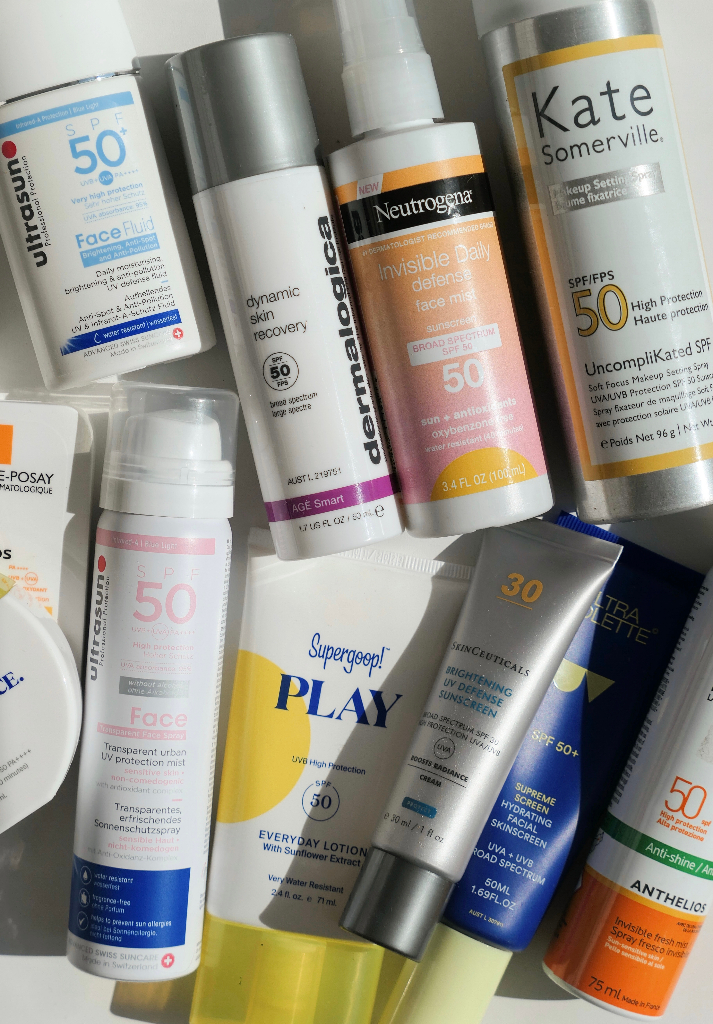
What are the different types of sunscreen?
There are two types of sunscreen; chemical sunscreen and physical sunscreen.
Chemical sunscreen, or classic sunscreen as we know it, which includes ingredients like avobenzone and octisalate, works by absorbing the suns rays, converting them into heat, and then releasing them from the body.
Physical (mineral) sunscreen, which includes ingredients like titanium dioxide and zinc oxide, works by reflecting the suns rays, and turning them away from your skin.
Back in the day, physical sunscreen used to be thicker and heavier than chemical sunscreen. This is not really the case nowadays, as brands have vastly improved the formula and texture of both.
Many of SPFs that you might find in your local pharmacy today combine both types of sunscreen.
How much sunscreen should you apply?
There’s a bit of a debate among brands and dermatologists on the right amount of sunscreen to apply every day.
It varies from 1/4 teaspoon amount, to a teaspoon and higher for your face, and a shot glass amount and higher for your entire body. I checked in with some of my favourite brands for SPF when writing this post, on what amount they officially recommend when applying sunscreen:
SkinCeuticals and SuperGoop! both recommend a 1/4 teaspoon and approximately a shot glass amount for the body.
Avène recommends one finger length of sunscreen for the face, and two finger lengths for the rest of the body.
The key thing to remember, no matter which recommended amount you choose to apply, is that you can never have too much. As long as you’re spreading a good layer that you can see over the areas of your skin that will be exposed, you’re not far off.
Click here to watch a demo of how I apply my sunscreen and how much I use.
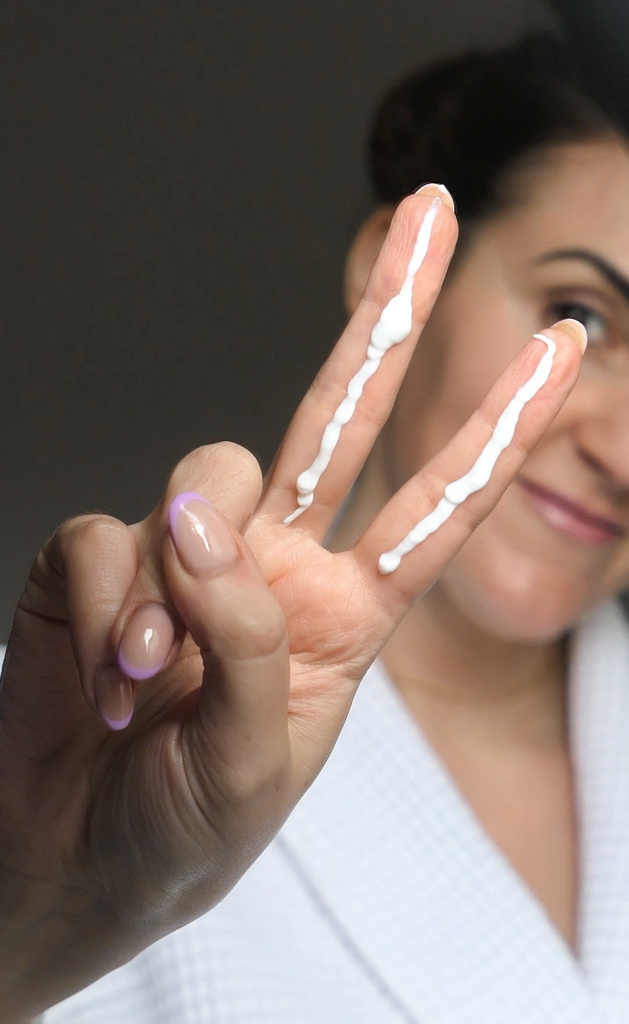
What about reapplying?
Generally speaking, SPF should be applied every two hours, however, many dermatologists say that if you’re staying indoors and/or not exposed to direct sunlight your SPF should remain effective.
Personally, if I’m indoors I won’t reapply. If I’m out and about however, I always reapply after two hours. Mists are my preferred way of doing this, especially if I’m wearing makeup.
Should I always use a separate SPF?
In a word, yes. It’s important to remember that sunscreen is not an ingredient. It’s not there to moisturise your skin, or help to push your products into the deeper layers of the skin, or to support other ingredients, and so on.
Its sole purpose is to provide a protective film on top of the skin. This is why I always use a standalone SPF as the last step in my skincare routine – as opposed to using a moisturiser with SPF in it.
If you choose to use a moisturiser that contains SPF instead of a standalone SPF, then the SPF becomes diluted. For example, if you’re using a moisturiser with SPF30, the amount you put on your face will not give you sufficient coverage. It’s likely that your SPF30 moisturiser is only having an effect of SPF10 or so on your skin.
The best sunscreen is the one you actually use
There are so many great sunscreens on the market, but the best one for you is the one you’ll actually use every day. Find one you love, one that feels good on your skin and works well under makeup, and stick with it.
When you’re looking for a new SPF, always look for a broad spectrum sunscreen, as this protects your skin from both UVA and UVB rays. Go for a minimum of SPF30, or SPF50 as I do.
I have linked my absolute favourite sunscreens below. All of them are lightweight, easy to apply, not sticky, and sit beautifully under makeup.
For more skincare guides, click here.
